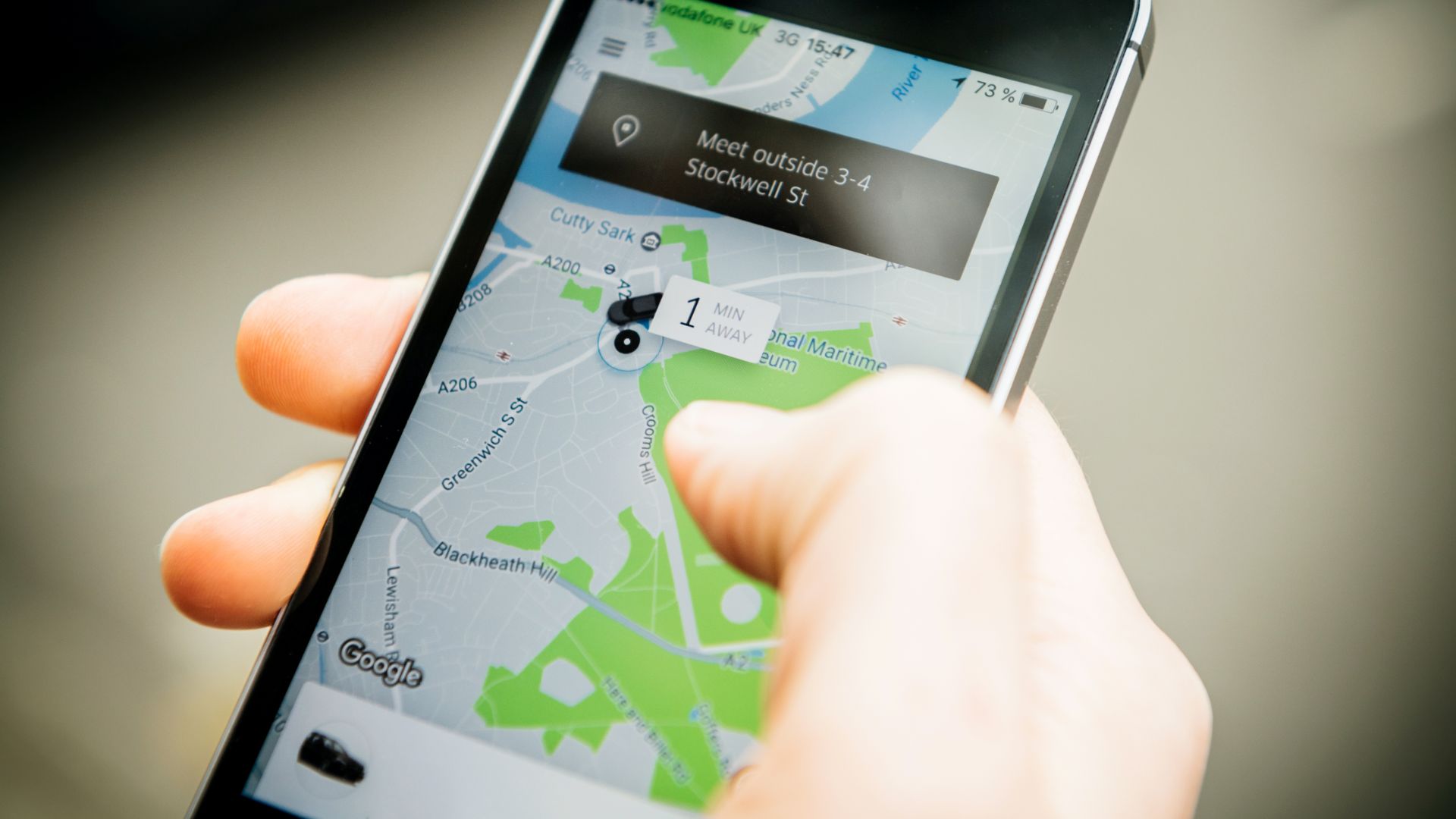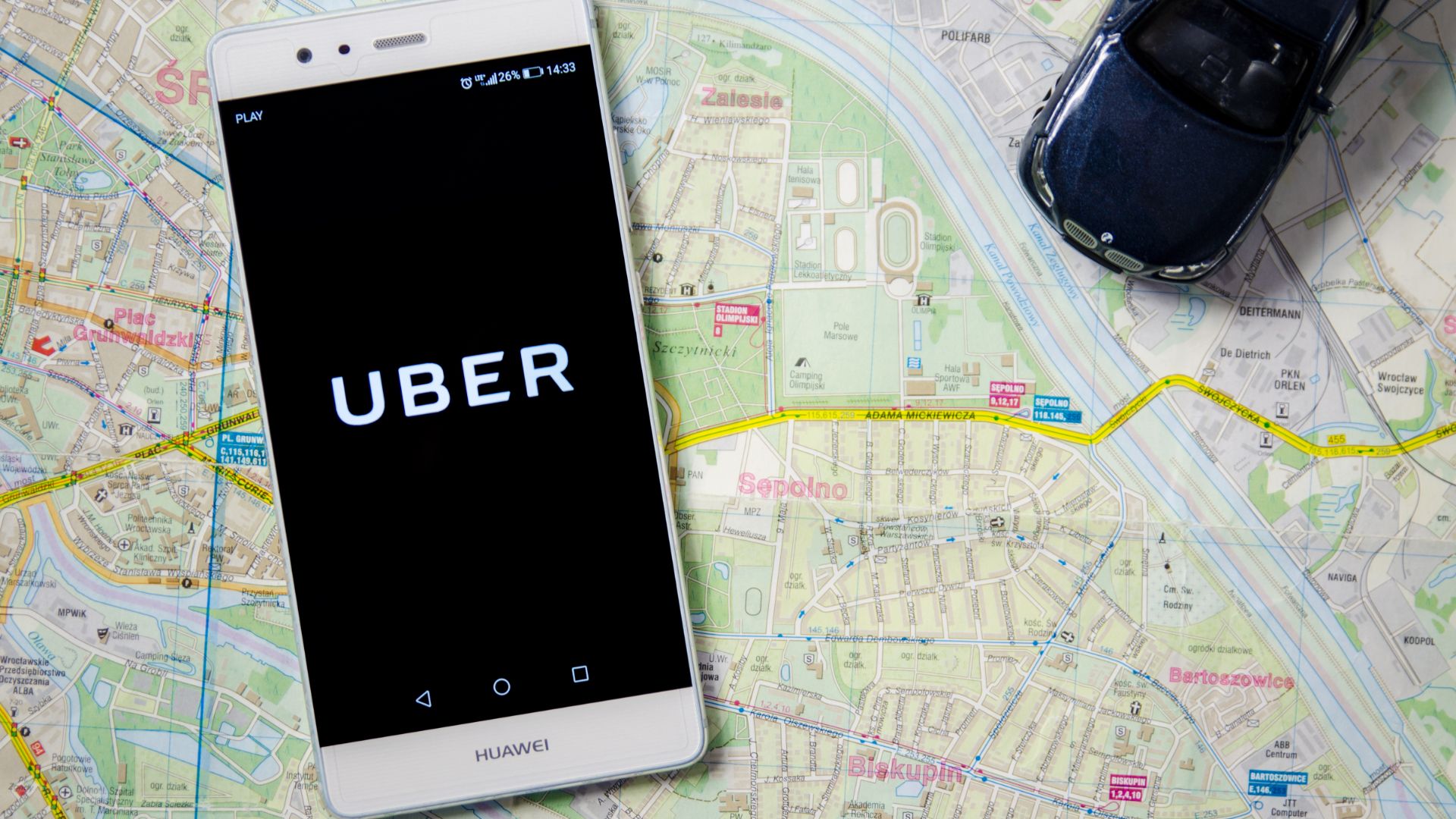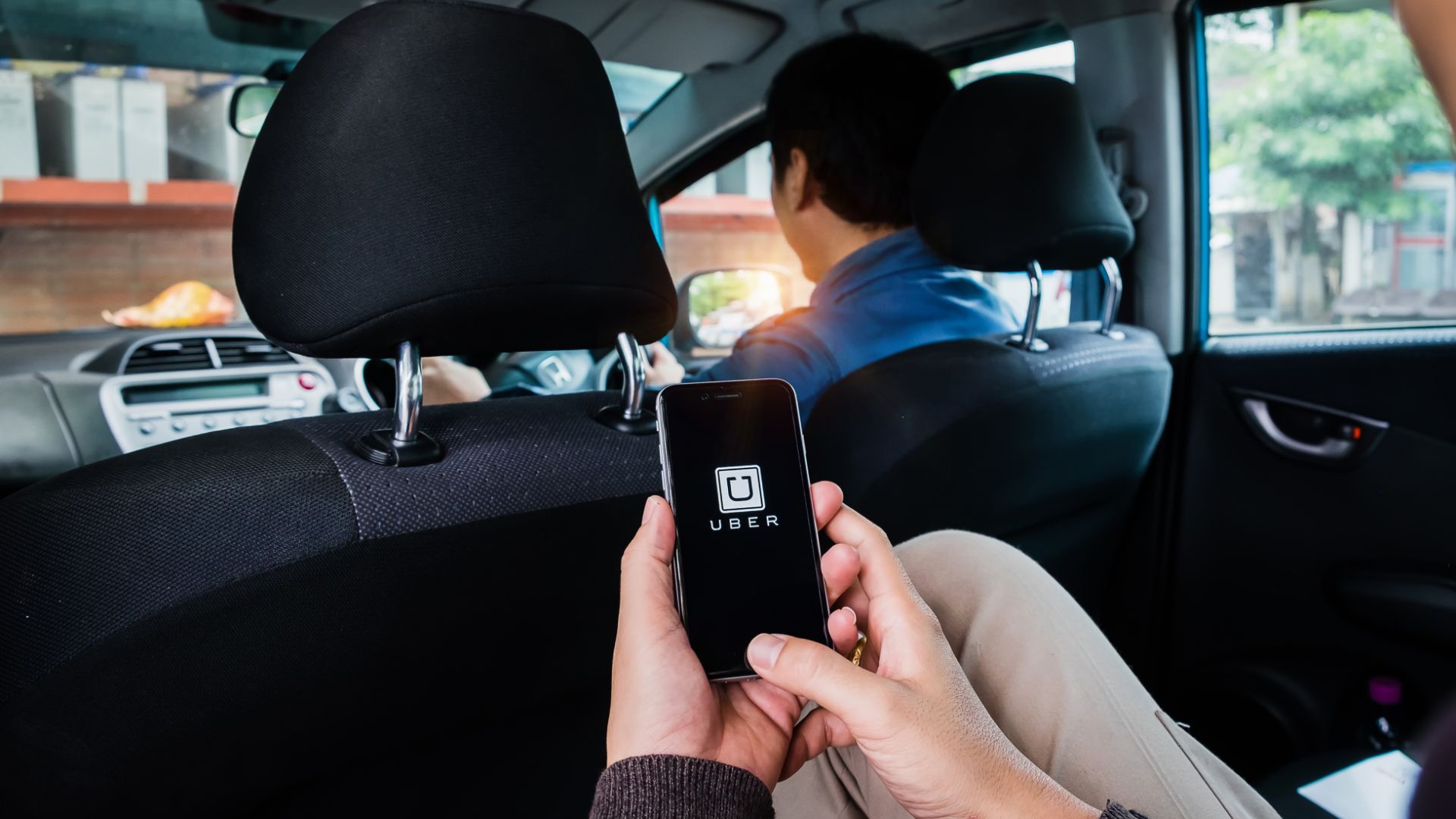
It’s claimed that ride-hailing, using companies like Uber, can be less eco-friendly than other means of getting to your destination, including driving yourself. That’s according to a report by the Union of Concerned Scientists (UCS).
As ride-hailing apps have proliferated over the last decade, some have called them the eco-conscious alternative to owning and running your own vehicle. In many circumstances, says the UCS, the contrary is the case.
When is ride-hailing worse for the planet?

- Has Uber contributed to London’s pollution problem?
Ride-hailing has an initial problem compared with to personal motoring. It’s called ‘deadheading’. This is the mileage your driver covers when not driving you to your destination. As an example, an Uber might cover two miles to get to you, then shuttle you a further two miles, then take another two-mile journey to its next fare. That’s at least four miles of driving for that two-mile journey.
Based on data from seven US metropolitan areas, ride-hailing can produce between 130 and 175 percent of the emissions emitted when driving oneself.
That also makes it much more polluting than getting the bus or train, at least in urban areas. Yet that’s where ride-hailing is most popular.
‘A typical ride-hailing trip is about 69 percent more polluting than the trips it replaces, and can increase congestion during peak periods,’ the report reads.
Getting ride-hailing emissions down

There are two main ways of making sure that ride-hailing emissions are reduced, according to the report. Firstly, if your cab is electric, emissions are cut by more than half compared with driving a private vehicle. Less than one percent of Californian ride-hailing trips, based on mileage, were electric in 2018.
Secondly, there’s the act of pooling.This is when you share your ride with someone else, so their journey is also your journey. The California Air Resources Board reports that riders asked for pooled trips about 20 percent of the time, although that can extend journey distances.
Combine a pooled ride with an electric vehicle and the overall emissions cost is less than 30 percent of driving privately. ‘An electric, pooled ride-hailing trip can cut emissions by 68 percent compared with a private vehicle trip in the average car, or about 79 percent compared with a non-pooled ride-hailing trip,’ the report by the UCS reads.
By comparison, an EV ride, or a pooled EV ride, is more efficient than an urban bus ride. It’s also worth considering that you can reduce emissions if you combine your ride-hailing trip with a mass transit method like a bus or train.

What this does not address is congestion. Fifteen passengers on a single bus is less congesting for instance, than 15 passengers spread over seven EVs. Note, that scenario is the best we’ve stated so far: pooled EVs.
‘Electrifying ride-hailing and increasing the number of rides that are pooled are essential actions for managing the industry’s climate pollution,’ the report says.
‘For ride-hailing to contribute to better climate and congestion outcomes, trips must be pooled and electric, displace single-occupancy car trips more often, and encourage low-emissions modes such as mass transit, biking, and walking.’